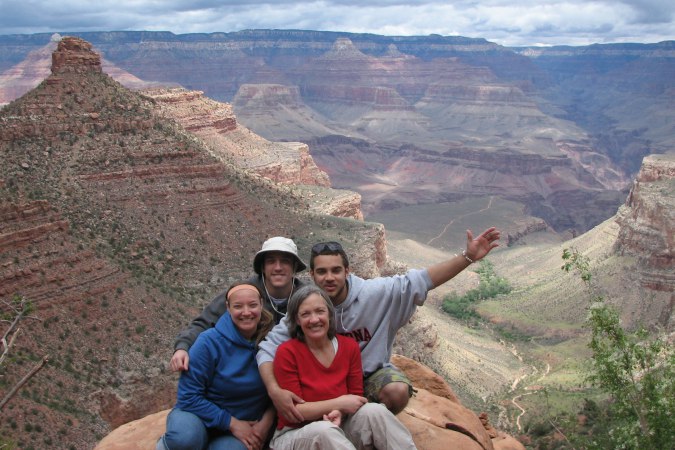Food for Thought
This is a guest post by Seren Wechsler, who is a graduate student of nutrition at the CUNY School of Public Health. Having successfully defeated a decade long bout of morbid obesity during his first year of film school, he had no choice but to drop out, go to Israel to farm for a bit, then return to New York for an education in nutritional science. Seren’s personal experiences drew him into public health but the transformations our food system and environment are currently going through will keep him here.
October presented an impetus for Americans to speculate a bit further about their food. After witnessing the GMO labeling initiatives of California, and 2 months ago, Washington, fail by such narrow margins, many are left wondering how much of our country’s food is really GMO? I-522 , Washington State’s initiative to label virtually all the GMO containing foods within their borders, genuinely showed great potential. Early polls revealed 66% support, but two months later, in arguably the swiftest macro-level flip of opinion, Washington lost by 9.6%.
How much of our food is GM’d? Accurate statistics are hard to come by. For ease, let’s just focus on the crops where GMOs are most prevalent; corn, soybean, cotton, rice, sugar beet, and canola are the big six, where more often than not, it’s GMO. The first four are among this country’s biggest crops. 2014 US corn production is forecast at 359.17 Million tons. According to the National Corn Growers Association, about 80% is eaten by animals raised for slaughter, both domestically and overseas. We eat a profound amount of corn, in forms recognizable and otherwise, and 90% of it is GMO. We must keep in mind that we are, indeed, what our food eats too.
2014 soy production is forecast at 92.26 Million tons, and currently, 93% of it is herbicide-tolerant GMO. 90% of our cotton, which humans consume as cottonseed oil, is GMO. 2014 rice production is forecast at 8.39 Million tons, dwarfed in comparison to the others, but its story is a bit darker than the rest. There is currently evidence to suggest that the global rice supply has been contaminated by three GM varieties. These three hybrids have never received approval, for cultivation or consumption, anywhere in the world. Corn, in all its ubiquitous glory, is not the only sweetener used in foods. 2013 saw to the production of roughly 29,784.68 tons of sugar beets, and just about all of it was GMO. Canola production is around 870 Million tons this year, and 90% is GMO. Why does this matter? Outside of those who make them, no safety tests on GMO seeds are required, at all. The argument practiced by manufacturers is that hybrids are so similar, so virtually identical (yet patent-worthy) to the real thing, that safety tests simply aren’t warranted. The bulk of media sources claim GMOs to be safe. Suspicions abound however, of outside influence playing a role. After examining all of the GMO safety and sustainability evidence to date, it is very difficult to justify their use. In the last six months, the defining product of one very popular hybrid seed was found to promote skin cancer, and cause breast cancer in humans. Tip of the iceberg, this article is barely. If the US can’t be one of the 26 countries that ban GMOs, we should at least evolve to one of the 64 that label them.
Written by Seren Wechsler
This is a guest post by Seren






